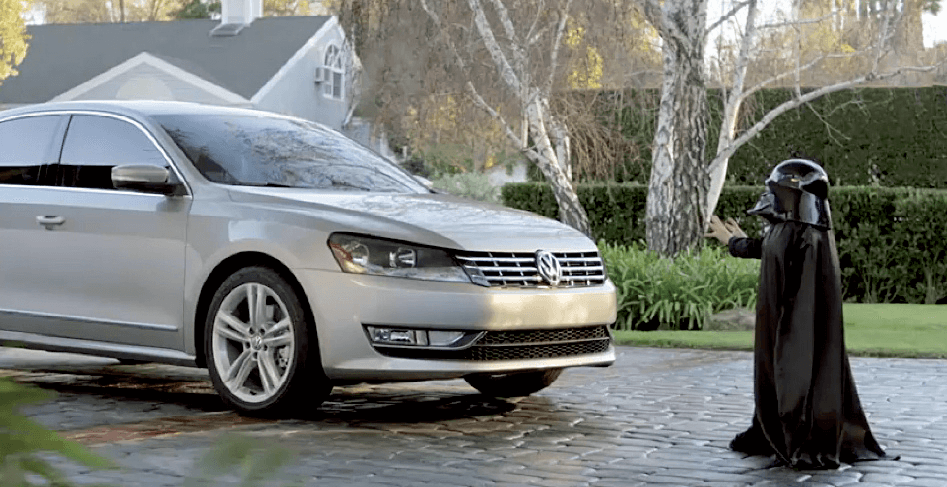The height of fame
Shinichiro Ito is puzzled. The chief executive of what’s-its-name, thingy airlines, a Japanese one – oh, yes, that’s it, ANA – wonders why no one has heard of his brand.
Awareness is low in Asia and, according to Ito, in a recent Times interview, “not where we hoped it would be in the US and Europe.” Later in the interview, the language became less circumspect and the brand-awareness problem was described as “a running sore.”
Yet ANA – which stands for All Nippon Airways – is Asia’s biggest carrier by passenger traffic. It offers exceptional service standards, operates a modern fleet, and has 55 Boeing 787 Dreamliner aircraft on order.
Why, laments Ito, does ANA not enjoy the positive associations of Japan, such as high technology and attention to detail? Why has it not achieved the global icon status of other Japanese brands like Sony and Honda?
Most marketing problems are complex. Many embrace subtleties such as size-of-prize calculation or portfolio management strategy; others may involve complex pricing decisions, requiring deep econometric analysis; still others can confound with asymmetric segmentation or targeting options. Some combine all of the above.
This is not one of them. This problem is refreshingly, joyously, almost laughably simple. If you want recognition, Mr Ito, you have to stick your hand up. There is this wonderful marketing tool for building the brand fame you rightly believe will power your business forward. We professionals call it ‘advertising’.
Look around at your competitors. Virgin Atlantic has Branson, a fountain of free publicity, yet still splashes out on a spectacular, singing, dancing, wing-walking, 90-second TV commercial.
Emirates has Walcott, Fabregas and Van Persie. Nevertheless, since its inception in 1985, to its status today as the world’s most-valuable airline brand, it has fuelled its fame with big budgets for both global and local advertising.
Singapore, famously, has girls, and everyone is aware of their grace, poise and beauty, even if they’ve never had the pleasure of flying the airline, as they have seen them on TV since 1972.
Brand fame derives from being public and being seen to be public. It can be deepened by digital connectivity, but is rarely created that way for non-digital brands; you might use sponsorship as a reminder once people know what your brand is about, but it’s too slow as a solus route to becoming the brand on everyone’s lips; product excellence is a necessary component, but alone is insufficient.
To create fame, that much-maligned, out-of-fashion, almost Neanderthal tool, advertising, is the one you need to reach for. Do it now, Mr Ito; don’t wait for those Dreamliners, which are already three years behind schedule.
An absolute must, when deciding on your message, is to avoid regarding the local competitor as the natural frame of reference. Japan Airlines was bankrupt of ideas long before it had to be rescued from financial bankruptcy in 2010. “We’re not as bad as JAL” is hardly the way to brand cachet.
Better to broaden your frame of reference beyond airlines altogether, and to view your brand as a worthy competitor to Mercedes-Benz, Apple and Coke for space in the minds of the sophisticated audience you need to reach.
Above all, it helps to believe in something. Decide what ANA really stands for, and tell the world. Otherwise, the world will decide for you – and it will be ANother Airline.
For sheer reach, scale and fame-generation, there is nothing quite like the ‘big ad’ in the big, primetime slot.
Ridley Scott’s ‘1984’ spot for Apple created its extraordinary impact with a single airing in the 1984 Super Bowl.
Wieden & Kennedy’s 2003 ‘Cog’ spot for Honda was a turning point for the Japanese car firm, winning awards for transforming the image and fortunes of a hitherto colourless brand.

Volkswagen – this year’s Super Bowl ad was a hit with viewers
Last year, John Lewis bucked the ‘austerity’ trend and made a star of singer Fyfe Dangerfield with its 90-second ‘Woman’ spot. The ad was viewed more than 500,000 times on YouTube within weeks of airing.
The 2011 Super Bowl drew the biggest US TV audience to date. Thirty-second spots sold for upwards of $2.8m. The most popular ad of the game was the Volkswagen ‘Darth Vader’ spot, which has since had more than 30m views.
